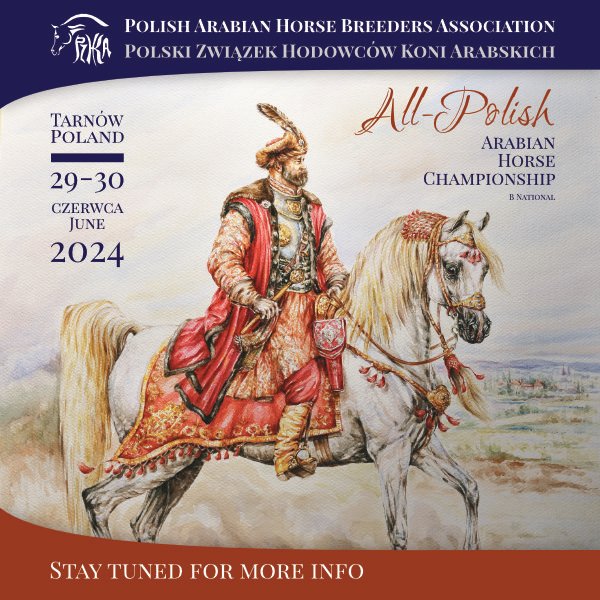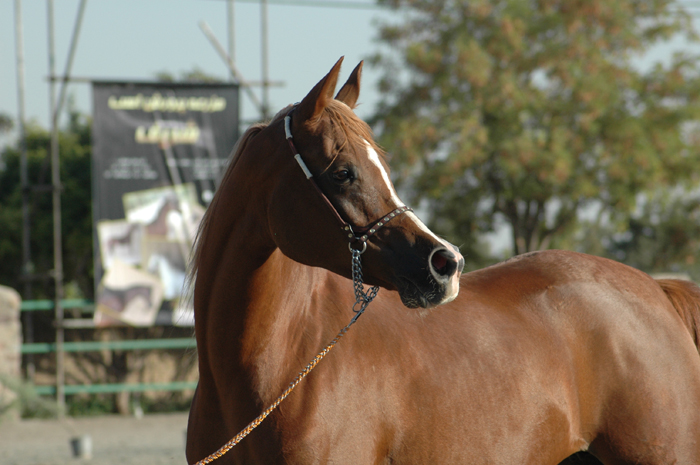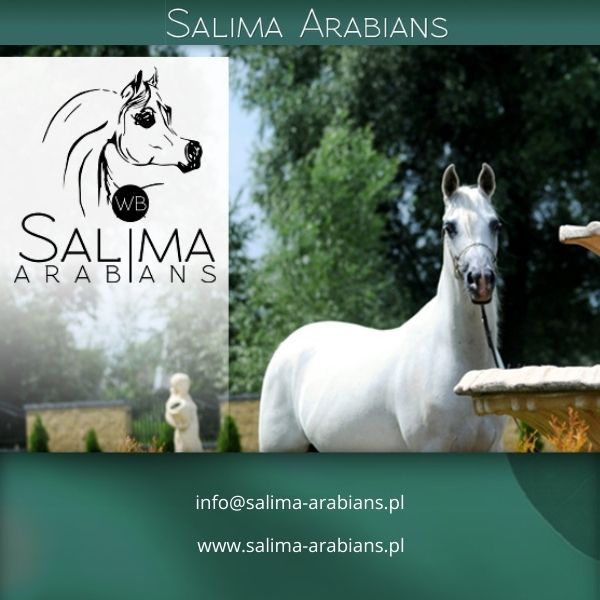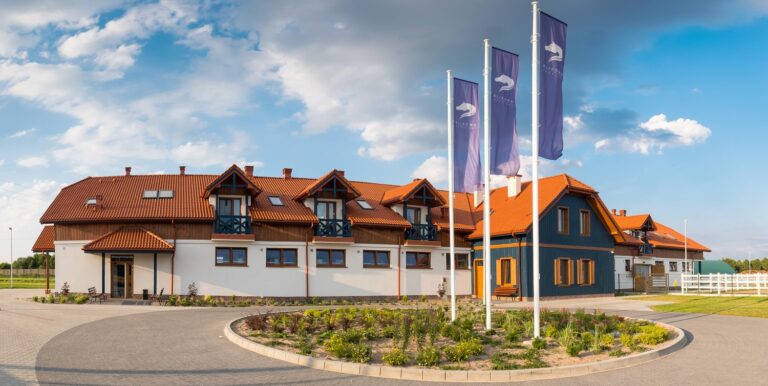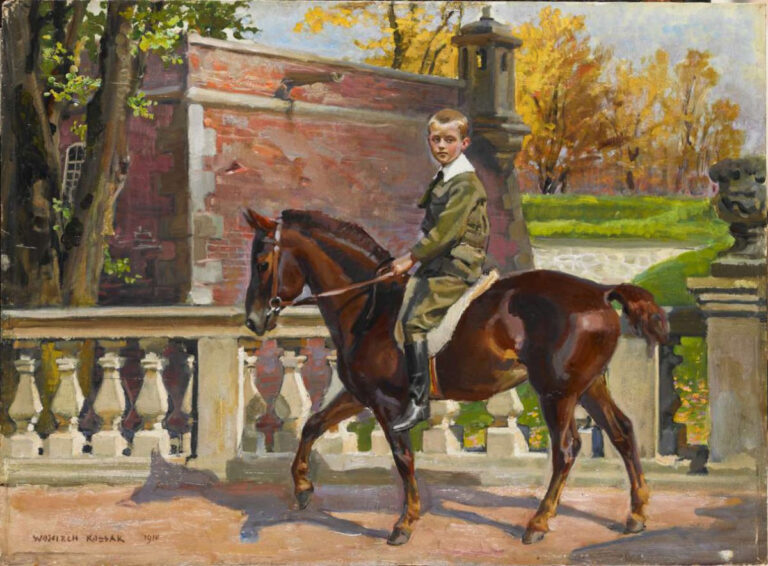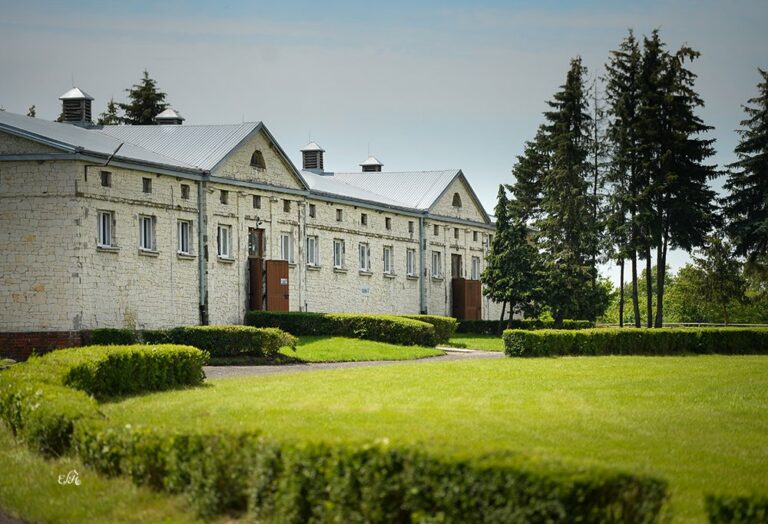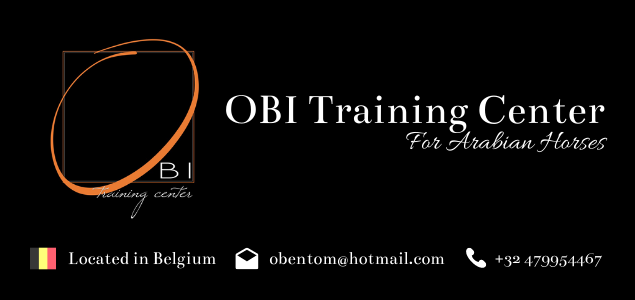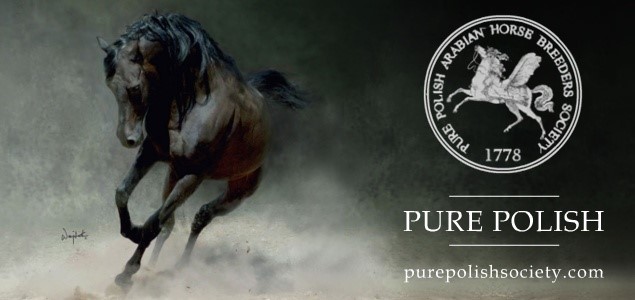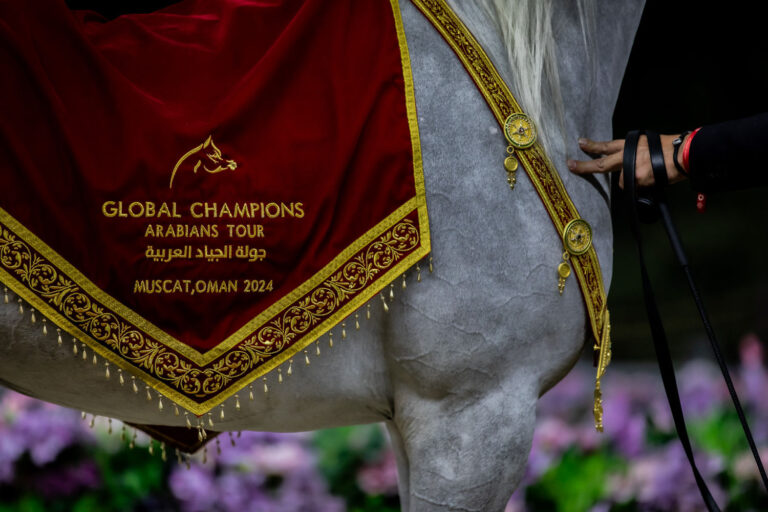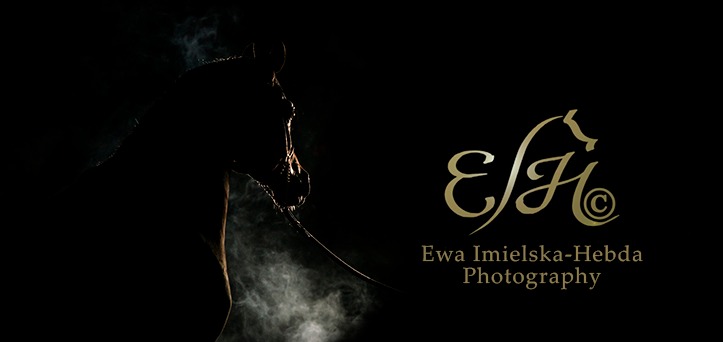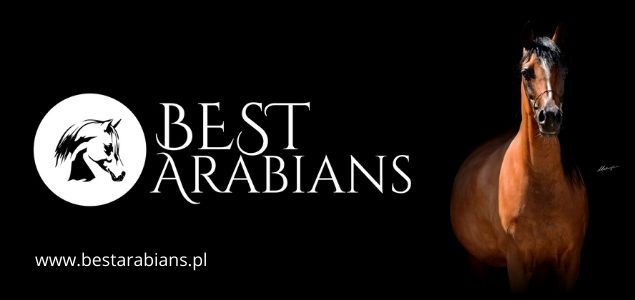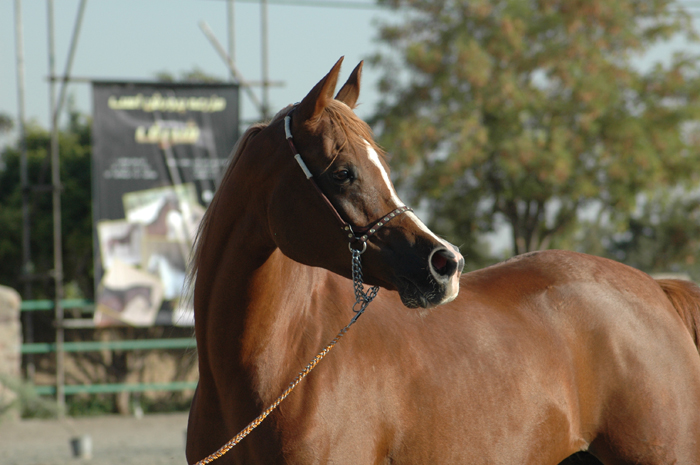
The „Shah of Shahs” by Ryszard Kapuściński. A fashionable, though niche Iranian cinematography… The knowledge of the average Pole about modern Iran is usually limited to the above. However also interesting for Arabian horse enthusiasts may be the fact that for several years now Iran has been the recipient of Arabian transports, including those from Poland. Unfortunately this eldorado will soon close its gates. “The lobby to ban the imports of foreign horses to Iran is strong”, explains Tomasz Tarczyński, who frequently visits this country, among other things as a judge at shows. “A relevant law was to take effect already in September, but for now the matter is still progressing at a snail’s pace. However we should expect to see the closing of borders for imports. It’s a similar situation to the closing of races for foreign horses in Poland – it’s meant to protect the domestic market. Imported horses are usually not only better, but also cheaper than the local.”
Polish stallions are working hard
In the meantime foreign stallions, also Polish, have been working on improving Iranian breeding for years. “When the first horses from Poland went to Iran I thought that it would end at five, six imports and then the market would clog up, similarly to what happened in other countries”, says Tarczyński. “But no. The export of horses to Iran is going at full steam. This is especially true for stallions. Only last year the Iranians imported 20 chief sires.” One of those which made their way to Iran was, among others, Troubadour PA, the 2 year old bronze medalist from Las Vegas, by Magnum Chall. Such horses as El Amin, Emotion by Eternity Ibn Navarrone, Alishaar El Bri, Dubai Pasha (a black Enzo son), Ferrer (from the El Capitan Ranch), Pershahn El Jamaal or the purchased in Poland FS Bengali, Lord Bey Shah and Newman – all of them are fulfilling their duties as chief sires at Iranian studs.
„In Iran the average quality of Arabian horses is still low. As the breeders do not have the possibility of importing frozen or fresh semen, they have to buy stallions”, explains Tarczyński. Interest in the new purchases is huge. The arrival of a horse to a stud is a true social event. There is an immediate gathering of a large group of people wanting to see him.

For years there were really only two stallions present in that country’s breeding: Egyptian The Legend 1995 by Shaikh al Kuran (Shaikh al Badi – AK Raiyeh/The Egyptian Prince) out of Nijadah (Nijamin – AK Zaayadah/The Egyptian Prince), bred by Nikki Haworth from the UK, who found his way to Iran by the doings of the head of the Iranian stud book Sharzad Amir Aslani and Mobarak 1989 (Salaa el Dine – Myrna/The Egyptian Prince), imported from Hans Nagel by Mary Gharazoglu. Mobarak can boast about 600 offspring! The majority of domestic Arabian mares descend from these two sires. It is evident that new stallions have a large opportunity just lying at their feet.
And they do not disappoint. Foals by the newly imported stallions win all “futurity” competitions. “Of course, the average quality is still lower than for instance at Białka Junior Spring Show in Poland, but it’s beginning to greatly improve”, says Tarczyński. “For example victorious at the recent National Championships was a foal by Marajj.” The imports stand out not only in breeding, but also at shows – the title of Senior Champion Mare and Best in Show of the Iranian National Show was the US-bred, imported to Poland and later re-sold to Iran Daisy FF. Second was a Magnum daughter purchased in the United Arab Emirates and third – a Monogramm mare from the US. Imported horses are successful also at the racetrack, among them Gratisa (Aslan – Gratka/Arbil) from Mała Wieś Arabians and Morska Toń (Fiołek – Morska/Ar-Rahman) from Bełżyce Stud.
Iranian boom for Arabian horses
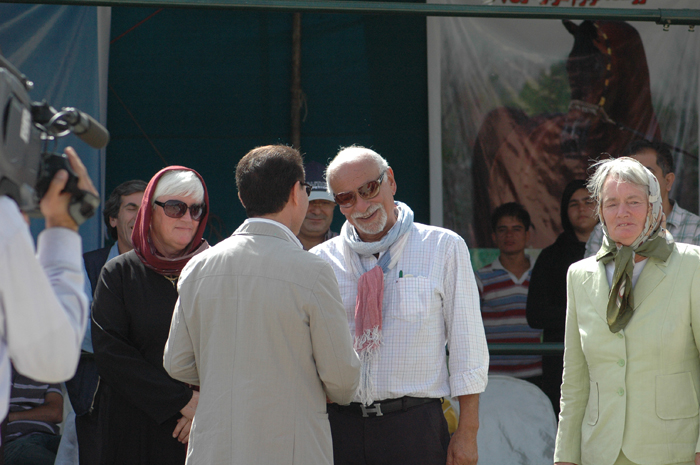
How did the Iranian boom for Arabian horses begin? As Tarczyński emphasizes, the Iranians always had horses. “Horses in Iran are greatly popularized”, he stresses. “They are often used as a means of transport in the mountains, especially domestic Kurd horses. But most often they are used for recreation. When traveling across the country you see many riders training for example for endurance. There is a town near Tehran of a leisure nature – Kordan – which looks almost identical to the American Scottsdale: everyone has horse there. In comparison to Iran, no one rides horse in Poland.” The Arabian horse is strongly associated with Persian culture. Some Iranians claim that the breed descends from those regions, from Turkmenistan, which was once under the rule of the Persian Empire. “Everything indicates that a type of Arabian horse has been created from the refined and highly valued cultural horse strains of the Iranian plateau, existing in Asia since long ago”, we read in the classic textbook “Hodowla koni” [“Horse breeding”] (1947–1950) by Professor Roman Prawocheński. In Kermanshah, in a former summer residence of the shah, surrounded by streams flowing down from the mountains, we find frescos from 2 thousand years back depicting horses which can be said to be Arabian, with characteristically small heads and arched necks.
The Iranian breeders have plenty of opportunities to show their horses. During the year as much as eight shows take place – among them those at Yazd, Kerman, Ahvaz, Tabriz, Tehran, Shiraz. Invited to judge are international A list judges. The last national show was judged among others by Dr Nasr Marei (Egypt) and Deidre Hyde (UAE). Others also include Nils Ismer, Manfred Neubacher, Konrad Detailleur, Francesco Santoro, Ann Norden, Marianne Tengstedt. Seminars for breeders are regularly held by Peter Upton and Dr Marek Trela. The shows enjoy great popularity with the public. Entire families, for whom the show is an entertainment pastime, cheer on the competitors. All the stands are filled, also those for women.
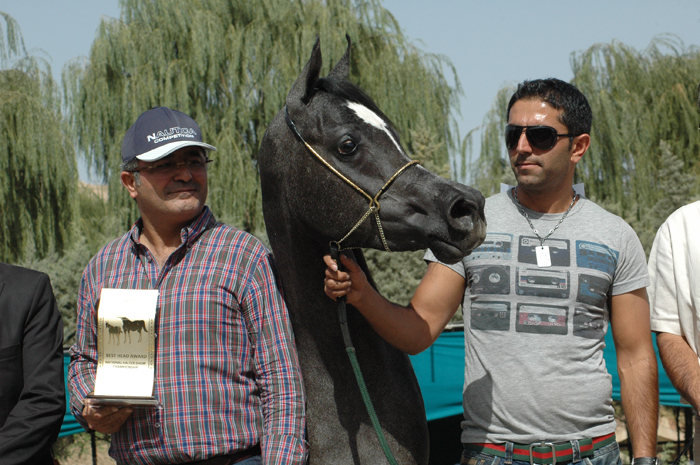
The popularity does not yet go hand in hand with professionalization of the market of services. “There are no training facilities in European or American style”, says Tarczyński. “Horses are shown by stable staff. Iranian handlers watch films on the internet and also learn from publications dedicated to Arabian horses. However I must say that horses imported from the US present themselves in a way that we are used to. Several years of training gives fruit. But the common opinion is that a good horse will show himself.”
Not only the training, but also the rearing of horses in different in Iran. First of all there are no pastures, as Iran is a dry, grassless country. The horses are given a feed with alfalfa and are stabled in stalls or on small paddocks. Horse keep is more expensive than in Poland, because the feeds cost. But neglected horses are nowhere to be seen. When someone cannot afford a horse, they simply sell it. The market is very receptive, every horse finds a buyer.
Who are Iranian breeders
„In that circle I know doctors, veterinarians, plastic surgeons”, tells Tarczyński. „Among the largest breeders I can mention the owner of a stud not far from Ahvaz, near the border of Iraq, who breeds mainly racing horses. We must also mention Alireza Sharif, who purchased Lord Bey Shah, Newman and FS Bengali and who is the owner of a large pistachio and saffron plantation near Kerman. His herd amounts to a hundred horses. There is also Aram Azarmibejand who purchased the stallion Ghajariy and the mare Soraya by Amir Ashiraf and who also has a good imported group of 20 equines. Another breeder, Teymour Razavifarahmand, regularly purchases horses from Schoukens Training Center. He is a frequent guest at the show in Aachen. He also has a large collection of paintings and rugs – about a thousand exhibits. Whereas the owners of Ferrer and JJ Estrella by Magnum Psyche are a tribe of Turkish origin, which live as they did centuries ago, without light or water. But they have wonderful horses, some of a value of even several hundred thousand euro. In that culture it is the horses that are a symbol of status. In Iran, when someone has land, then he is very rich. Land is especially valuable. You just need to sell a little bit of it to have enough to live for the next five years.”
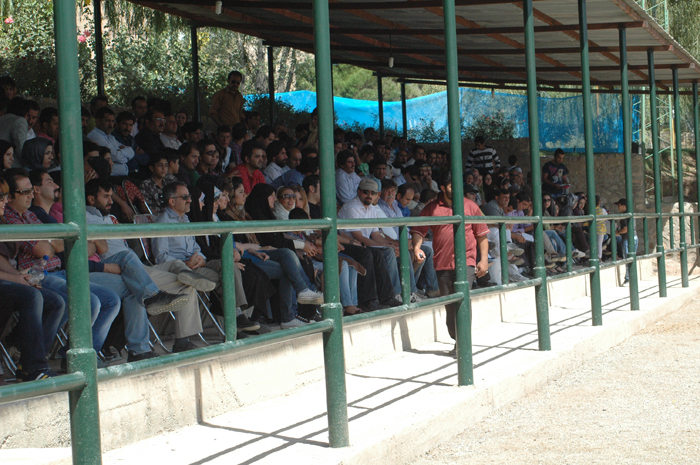
You definitely shouldn’t judge this extremely interesting, exotic country by the first impression after arrival at the airport. “International airplanes usually land between one and three in the morning”, explains Tarczyński. “There is only one check gate for foreigners. You have to go there and prepare yourself for an hours’ wait.” But during the day and in the evening you can go off to tour the full of life and color capital. “The cities and illuminated and busy, but also loud and chaotic. Peddlers wind between the cars. It is difficult to get around Tehran, there are traffic jams and smog”, warns Tarczyński. No wonder, Tehran is the largest city of the Middle East, with a population of more than 9 million, while the agglomeration has a population of more than 13 million (data from 2006). The local inhabitants claim however, that together with the people coming each day to work the population amounts to about 18 million. “Although the city has an Asian character, the Iranians feel a bond with Europe”, emphasizes Tarczyński. “They are educated, speak English, are interested in the world and have a large knowledge of it, mainly from television, such as BBC.”
When the Iranian market closes for foreign Arabian horses, will the country again become a terra incognita for Arabian enthusiasts? Even if so, the curtain has already been slightly raised. In a while new breeders will discover in Iran the offspring of many of today’s world fashionable stallions, also those with Polish blood.
Read more:
”Khosh amadin!” means ”Welcome!”. Iran: the 2015 IAHE Arabian Stallion Show
Download the PDF version of the article»


